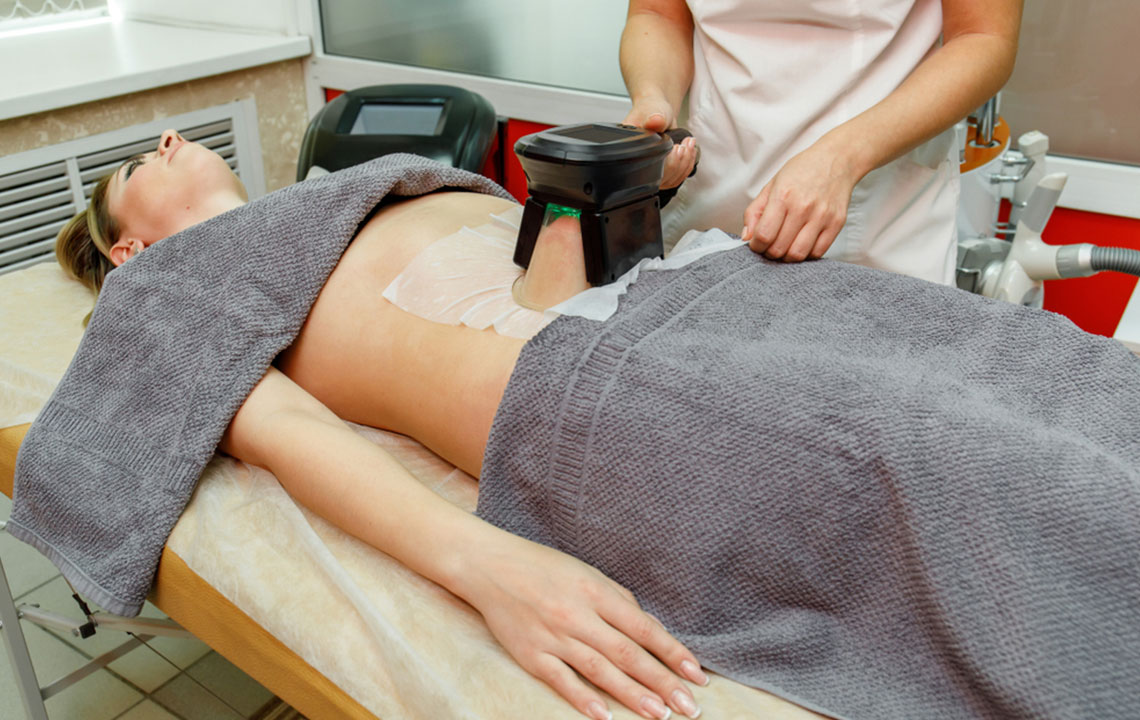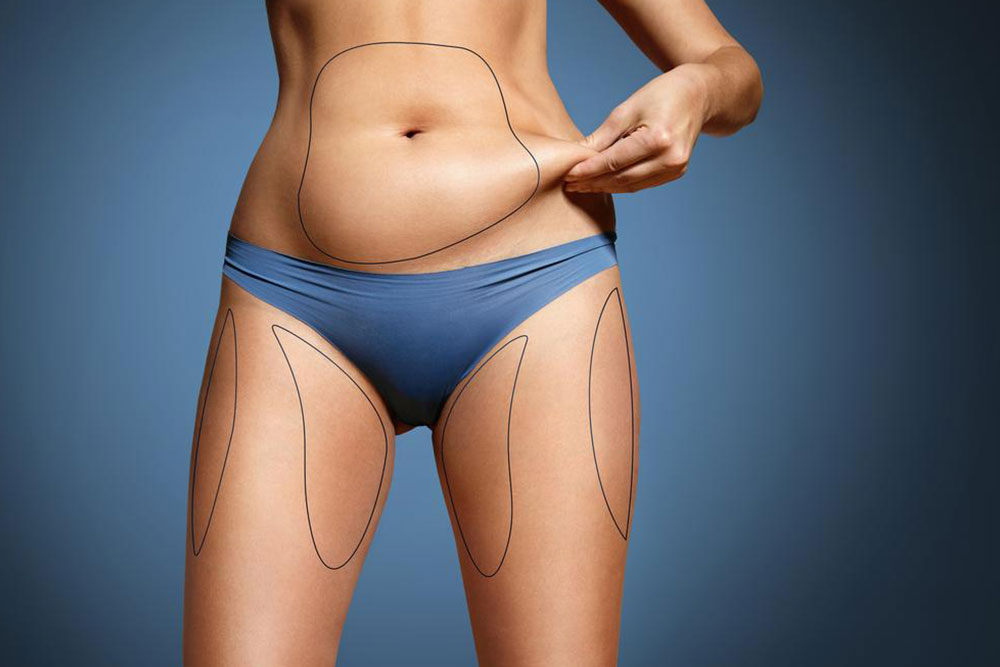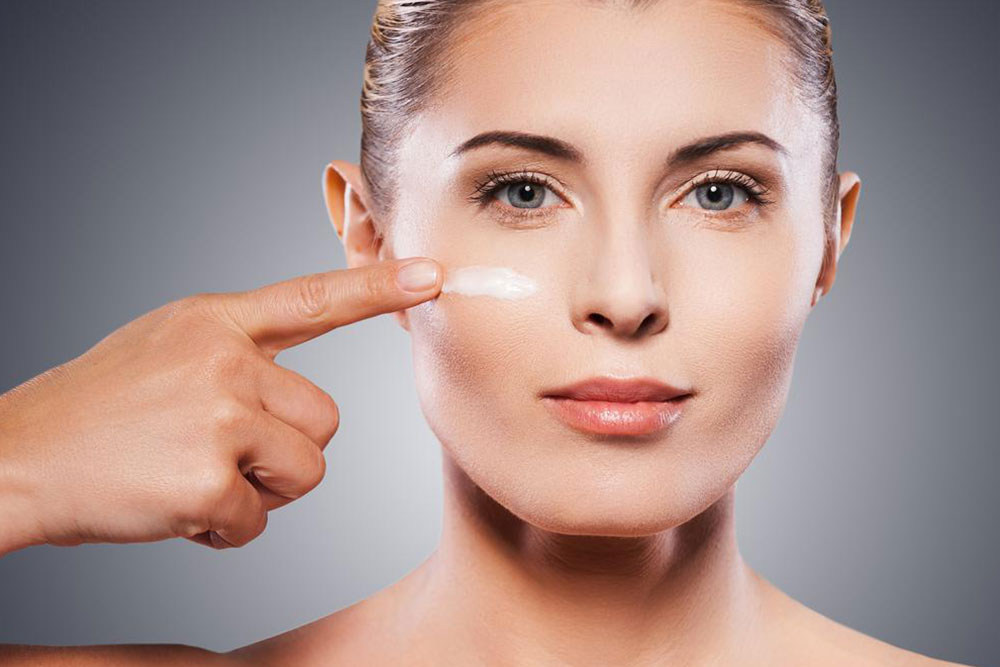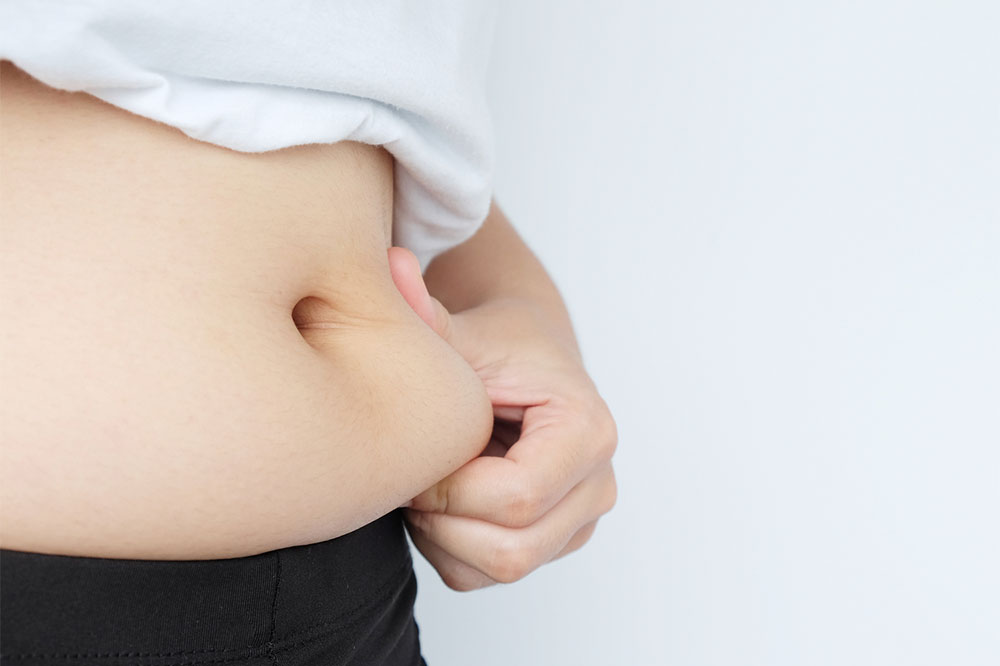Comprehensive Guide to Liposuction: Techniques, Benefits, and Cost Insights
Liposuction is a highly effective cosmetic procedure aimed at body contouring by removing stubborn fat deposits. This comprehensive guide covers techniques, benefits, costs, recovery tips, and potential risks, offering valuable insights for prospective patients seeking a safer, more sculpted appearance. Learn about various methods, preparation, post-op care, and international options to make informed decisions about liposuction.
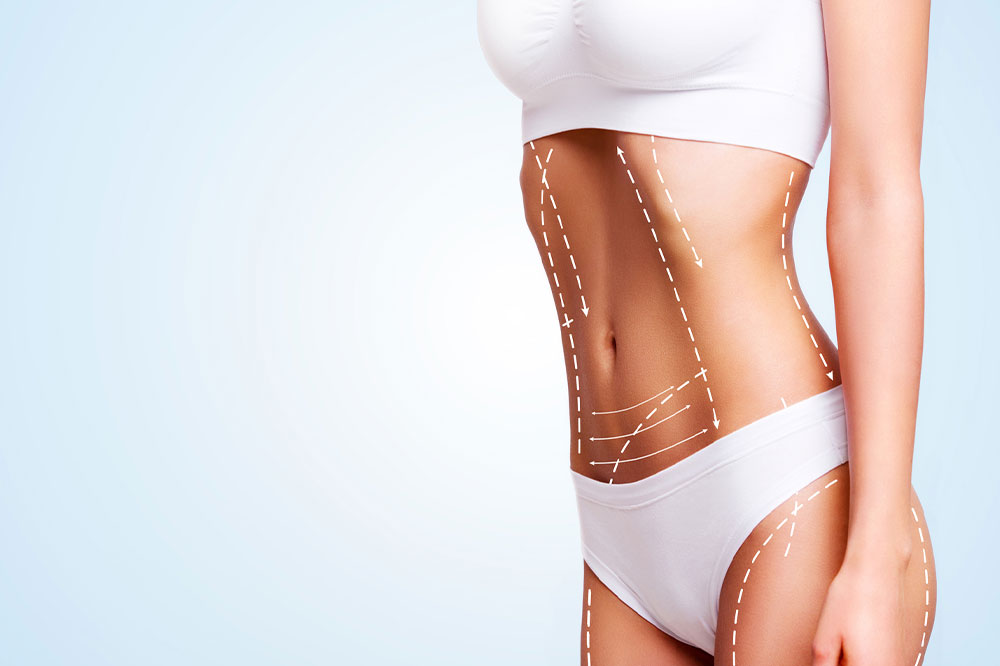
Comprehensive Guide to Liposuction: Techniques, Benefits, and Cost Insights
Liposuction stands as one of the most popular cosmetic surgical procedures worldwide, offering individuals a solution to target stubborn fat deposits that do not respond to traditional diet and exercise routines. While many associate it with weight loss, liposuction’s primary purpose is body contouring — shaping specific areas to achieve a more toned and sculpted appearance. This procedure is often sought by those looking to refine their body contours and boost confidence, particularly in regions resistant to other weight management efforts. In this comprehensive guide, we explore the various techniques involved in liposuction, the numerous advantages it offers, cost considerations both domestically and internationally, and important insights into recovery and potential risks.
Liposuction is particularly effective at sculpting areas such as the back, neck, chin, arms, calves, thighs, and buttocks. It is not designed as a method for overall weight loss or to treat skin conditions like cellulite or stretch marks. Patients should understand that liposuction targets fat cells, removing them permanently from specific regions, which can significantly enhance body proportion and confidence. Nonetheless, it remains essential to maintain a healthy lifestyle post-procedure to prevent fat regrowth and sustain results.
Before proceeding with liposuction, a consultation with a qualified and experienced plastic surgeon is crucial. During this consultation, the surgeon will assess the patient's medical history, skin elasticity, and fat distribution, to develop a personalized treatment plan. This discussion also covers expected outcomes, potential risks, and the most suitable techniques for the patient’s goals and body type.
Detailed Overview of Liposuction Techniques
There are several liposuction techniques available, each tailored to specific patient needs and areas of treatment. The most common methods include traditional liposuction, tumescent liposuction, ultrasound-assisted liposuction (UAL), laser-assisted liposuction (LAL), and power-assisted liposuction (PAL). Each technique employs different technologies and tools to break down and remove fat cells efficiently and with minimal trauma to surrounding tissues.
Traditional liposuction involves the insertion of a cannula (a thin hollow tube) through small incisions to manually loosen fat deposits, which are then suctioned out with a vacuum device. Tumescent liposuction enhances this method by injecting a saline solution mixed with local anesthetic and vasoconstrictors into the targeted area, reducing blood loss and discomfort. Ultrasound-assisted liposuction uses ultrasonic vibrations to dissolve fat before removal, making it suitable for denser fat deposits. Laser-assisted techniques utilize laser energy to melt fat, which is then suctioned out, often resulting in smoother skin tightening effects. Power-assisted liposuction employs a mechanized cannula that moves back and forth rapidly, allowing for faster fat removal with less physical effort on the surgeon’s part.
Advantages of Liposuction
Enhanced Body Contours: Liposuction effectively removes stubborn fat deposits, resulting in a more sculpted and proportionate body shape. It’s particularly beneficial for individuals struggling to slim certain areas despite regular exercise and diet.
Permanent Fat Cell Removal: The process reduces the number of fat cells in the treated areas permanently. However, maintaining weight stability is essential, as remaining fat cells can still enlarge if weight gain occurs.
Improved Self-Confidence: Achieving desired body contours can significantly boost a person’s self-esteem and confidence in personal and professional settings.
Health Benefits: In some cases, liposuction can help address health concerns, such as reducing limb swelling in lymphedema, treating gynecomastia (enlarged male breast tissue), and normalizing uneven fat distribution in lipodystrophy.
Preparation and Realistic Expectations
Preparation for liposuction involves thorough health screenings to ensure the patient is suitable for surgery. Patients might need to stop certain medications, like anti-inflammatory drugs or contraceptives, a few weeks before the procedure. Those with anemia may be advised to take iron supplements to promote healing. The choice of anesthesia varies based on the extent of treatment, with options including general anesthesia, which lasts from one to four hours, or epidural anesthesia for lower body areas.
Incisions are typically small, strategically placed to minimize visible scarring. In some cases, incisions are left open initially to allow drainage of excess fluids. The full results of liposuction are not immediate; swelling and bruising diminish gradually over weeks, revealing the contoured figure over time. Patients should have a clear understanding of what to expect and be prepared for a gradual transformation, with the most noticeable improvements seen after four to six weeks, especially with proper aftercare.
Post-Surgery Recovery and Care
Recovery from liposuction requires patience, adherence to surgeon instructions, and lifestyle adjustments. Wearing compression garments as recommended helps reduce swelling and support skin retraction. It’s vital to maintain a healthy diet, stay well-hydrated, and rest sufficiently to facilitate healing.
Most patients are able to return home the same day as the procedure, though some might need a short observation period. Activities involving bending, lifting, or strenuous movements should be avoided for at least a few days to prevent complications. Discomfort is common during initial recovery, managed effectively with prescribed pain medications. Swelling, bruising, and numbness might persist for several weeks but will gradually subside. Patients should attend follow-up appointments and communicate any unusual symptoms, such as excessive bleeding or signs of infection.
Cost Overview: Domestic and International Options
Pricing for liposuction varies widely depending on geographic location, the surgeon’s experience, and the extent of fat removal. In Mexico, especially in cities like Tijuana, affordable liposuction options range from approximately $3,800 to $5,750. These options are popular among international patients seeking quality treatment at lower costs. Globally, countries like Turkey offer competitive prices, with full-body liposuction costing between $2,660 and $3,458, depending on the technique and extent of treatment.
Many patients opt for medical tourism, combining liposuction with travel. This approach often provides a balance of quality and affordability, especially when performed by experienced surgeons in reputable clinics worldwide. It's essential to verify the credentials and reviews of surgeons and facilities before making arrangements.
Potential Risks and Complications
Contour irregularities caused by uneven fat removal or poor skin elasticity, which could be permanent if not properly managed.
Temporary fluid accumulation or hematoma that may require drainage.
Numbness, nerve irritation, or altered sensation in the treated area.
Infection, hematoma, or adverse reactions to anesthesia, although rare, are serious risks that require prompt medical attention.
